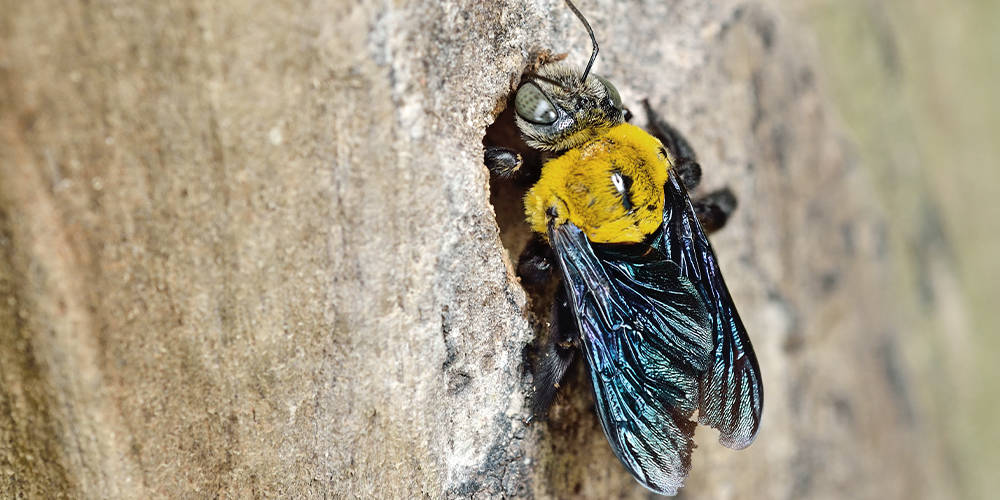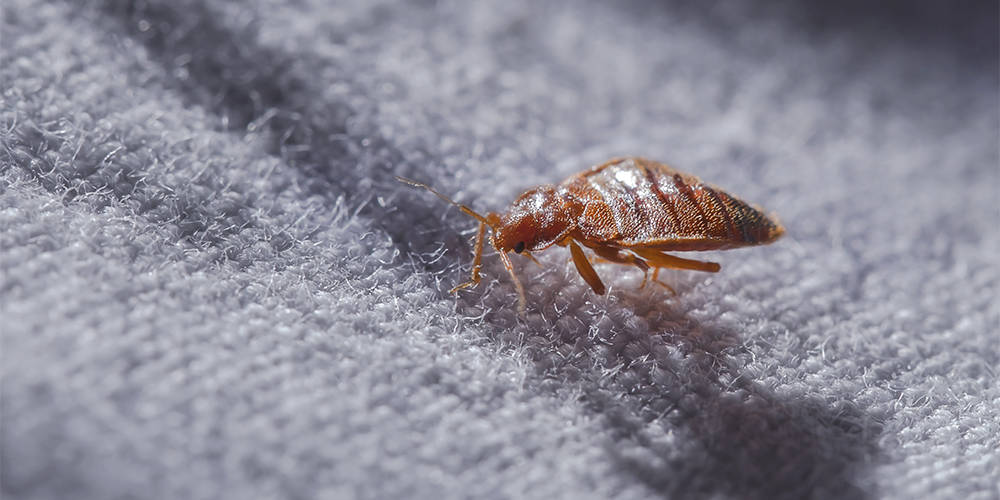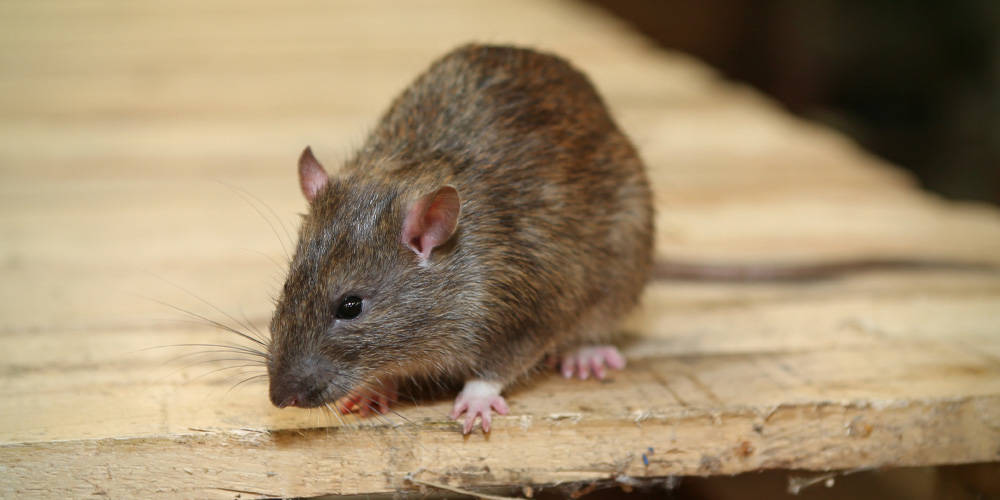As their name suggests, carpenter bees are a species of bees that bore holes in the wood to build their nest and lay their eggs. Holes can reach up to 16 mm in diameter. Carpenter bees can also be recognized with their bigger body, and they're also less hairy than other bees. Their abdomen is darker too. Instinctively, generations follow one another and continue doing the same thing at the same place. In a tree in the middle of a forest, it seems fascinating. However, when carpenter bees attack the framework of your house, it's necessary to repel them to protect the wood. Here are natural solutions to keep carpenter bees at bay. Using specially designed insecticides could be your last resort.
Ask a beekeeper for help
The least risky solution for your house, the bees and people is to ask a beekeeper to move the nest. Carpenter bees are pollinators and will be in good hands to carry out their mission in nature.
Pour almond oil or essence
The smell of sweet almond repels carpenter bees. Pour a little sweet almond oil or essence where the nests are to make the bees go away. You can also use a citrus solution (orange, grapefruit, lemon) and apply it the same way.
Place a powerful speaker near the nest
Broadcast very high volume sound. The vibrations produced by the speaker are very likely to drive the bees away. However, they will come back once you turn off the sound. This solution must be combined with one of the following options:
Seal all of the holes before the bees return
If the invasion is recurrent, it is highly recommended to seal all of the holes on the framework using plastic wood, putty or steel wool after they've gone. This will help deter the next generation from building a nest there.
Paint the areas where bees are likely to settle
In addition to being aesthetically pleasing, paint or coating is a radical solution to repel bees. The smell given off by those products repels them and makes the treated area unlivable.
Use bee traps and release them in nature
Using bee traps is an effective and harmless solution. You can buy them or make your own at home. Here's how:
- Get four pieces of wood, each 10 inches long.
- Make a box with the pieces of wood and nails.
- Fix plywood onto the structure.
- Drill a hole at least 0.63 inches in diameter on every side of the box.
- Fix an open empty plastic bottle in one of the holes.
- Hang the trap near the nest.
You're now well equipped to protect your property from carpenter bees while having a clear conscience!














